- Network
- A
Usenet – what existed before the web
It’s hard to imagine the Internet without the web and hypertext that we all use every day, but over 40 years ago, the global network was very different, and much of what we use today was just beginning to emerge. Today, we will continue talking about the glorious technologies of the past and remember the Usenet network.
The World of Dial-up
In the late 1970s, mainframes were the dominant form of computing. The IBM PC was still a few years away. What was called a microcomputer back then (much weaker in power and much larger in size than a Raspberry Pi) had too few capabilities for solving any more or less serious tasks.
For some purposes, especially in research labs and process control systems, so-called minicomputers were used—“small,” only the size of one or two full-size refrigerators. "Superminis" began to appear, which had the processing power of a mainframe, but lacked such a high input/output speed.
In this world of big computers, networks as we understand them today did not yet exist. And it's not even about the absence of hypertext or media content. The global ARPANET existed, but to access it, you needed to be a defense contractor or a university with a research contract from DARPA.
The Monopolist Who Was Outmaneuvered
Readers who remember modems recall that you just needed to connect them to the phone line with an RJ-12 connector. But back in the distant 70s, it wasn’t that simple.
Large companies, such as IBM, had various types of networks based on leased synchronous communication lines. But ordinary users only had access to half-duplex modem connections operating at a whopping 300 bits per second.
The full-duplex Bell 212A dial-up modem, which allowed for a higher speed of up to 1200 bits per second, had just appeared, but it was rare and had to be rented from the AT&T telephone company.
Of course, you could try to outsmart everyone and buy a modem yourself, but even then the communications giant was sneakier, requiring you to use a rented adapter, known as a DAA (data access arrangement), to connect to the telephone network. So, those owning their own modems didn't really manage to save anything.
The creators of UseNet suggested using acoustic modems to bypass the restrictions imposed by the telecom giant.
Implementing data transmission in an acoustic modem looks pretty weird by today’s standards: the telephone handset was physically connected to the modem's speakers using rubber gaskets—the speaker on the handset to the microphone in the modem, and vice versa. As a result, when connecting and transmitting data, the modem produced tones that the phone transmitted essentially as regular voice. The reverse conversion took place on the other end.
It turned out that, from the perspective of the telephone company, we were making a regular voice call, not transferring data via a modem. Despite the fact that in the USA, per-minute charging for telephone calls already existed, the use of acoustic modems allowed significant savings in data transmission.
Subsequently, AT&T would unsuccessfully sue the creators of this idea to reduce the cost of data transmission.
It was in such an environment, not too free, that the Usenet network was destined to emerge.
How it all began
The problem of exchanging information between two computers using modems was already relevant in the early 70s. The communication via telephone lines, as we mentioned earlier, allowed computers to communicate with each other using a “point-to-point” topology. Consequently, it was necessary to establish message transmission between two computers via telephone lines.
Back in 1979, graduate students from Duke University in North Carolina, Tom Truscott and Jim Ellis, conceived the idea of creating a network for exchanging messages on various topics.
Here, a brief digression is necessary to explain what text messaging looked like at that time. In the version of Unix used in the university network, a technology was employed that sent messages to users upon logging into the system. Constantly sending such messages was undesirable; at a speed of 300 bits/second – 30 characters per second – a five-line message would take a long time to print.
Yes, it was printed character by character, rather than displayed on the screen in its entirety (I suppose in the '90s even BBS users with weak connections didn't experience such a "delight"). At the same time, in the '70s, graphic printing terminals were still very much in use.
This approach was not very convenient, and the authors wanted to make the exchange of messages and files faster and more user-friendly.
ARPANET for the poor
Truscott and Ellis came up with the idea of using the UUCP (Unix to Unix Copy) protocol for exchanging information between users. Along with several other enthusiasts, they wrote the necessary software.
As with the FidoNet, which would appear a few years later, rumors about the emergence of a new network spread quickly, and in 1981, a graduate student from Berkeley, Mark Horton, and a high school student from the local school, Matt Glickman, released a new version that added new features and allowed for the transmission of large volumes of information. The first version of the Usenet application allowed only a few articles per day to be posted to a newsgroup.
In 1986, Usenet began using NNTP (Network News Transfer Protocol). This protocol allowed Usenet to be used with personal computers, further boosting the popularity of the network.
Initially, Usenet allowed the transmission of only unformatted text, but later, the ability to transmit binary files was added, making the network even more attractive.
These messages, also known as articles or posts, were sent to thematic categories that became known as newsgroups.
How it all works
Now let's take a look at how the UseNet network works. When a newsreader application (for example, Outlook can also be used) connects to a news server, it downloads all new messages published in a subscribed newsgroup. We can either reply to a message after reading it, or post our own article to the news server. An article sent to the server is added to a file stored for that newsgroup. Then the news server shares the article with other servers it is connected to.
Next, each server compares whether both servers have the same newsgroup. If so, by comparing files it checks if there are any new articles in the file; if so, they are added to the file.
After this, the updated news server file is sent to other news servers connected to it. This process continues until all news servers receive the updated information.
An attentive reader has probably noticed that the presented topology lacks any hierarchy between servers (unlike the structure of newsgroups, which we will discuss later). That is, if one of the news servers fails, all lower nodes in the hierarchy will not miss new messages, because the very concept of hierarchy is absent here.
The algorithm for interacting with UseNet servers is quite simple. To get new articles, the user needed to connect to the news server using a newsreader client. The program would display a list of newsgroups available on the server, where the user could subscribe to any of them. After subscribing, the program automatically downloaded articles from the newsgroup.
After reading an article, the user can either post a reply in the newsgroup or reply to the sender by email.
To post a new article to a newsgroup, the user first needs to compose the article and specify the group names to which it should be sent. An article can be sent to one or several newsgroups simultaneously, provided that all groups are on the same news server.
The Big Eight
There are many newsgroups in Usenet, distributed all over the world. They are identified by a hierarchical naming system, in which each newsgroup is assigned a unique name made up of strings separated by dots.
The leftmost part of the name is the top-level category of the newsgroup, followed by a subtopic. The subtopic, in turn, can be divided into additional subtopics and further subdivided (if necessary).
For example, the newsgroup comp.lang.java covers discussion of the Java language. The leftmost part, comp, classifies the newsgroup as one discussing computer-related topics. The second part identifies one of the subtopics, lang, related to computer languages. The third part identifies a specific computer language—in this case, Java.
Below is the so-called "Big Eight"—the main conference hierarchies:
comp.* — discussion of computer-related topics (comp.databases, comp.lang.java).
misc.* — miscellaneous topics (misc.education, misc.forsale, misc.kids).
news.* — Usenet news (news.groups, news.admin).
rec.* — recreation and leisure (rec.music, rec.arts.movies).
sci.* — scientific discussions (sci.psychology, sci.research).
soc.* — social topics (soc.college.org, soc.culture.african).
talk.* — conversations, including “hot” topics (talk.religion, talk.politics).
humanities.* — art, literature, philosophy (humanities.classics, humanities.design.misc).
Of course, the “Big Eight” is just a small part of the groups that exist on UseNet.
A story about the Usenet network would be incomplete without mentioning that many of the words we now actively use in online communication actually came from this network.
The very concept of a user name — nickname — appeared on UseNet. The idea of moderated newsgroups and bans for violations, which later developed further in FidoNet, as well as trolling, flooding, and flaming, all originated here.
Also, announcements about some important events in IT history were first published in Usenet newsgroups. For instance, on August 6, 1991, the programmer Tim Berners-Lee announced his idea of creating the World Wide Web (WWW) in the alt.hypertext group on Usenet.
Soon after that, on August 25, 1991, Linus Torvalds posted in the comp.os.minix newsgroup that he had created a free operating system for 386 and 486-compatible PCs.
Usenet Today
UseNet reached its peak popularity in the last decade of the previous century. Then the Internet, with its hypertext and the web, began to draw away much of its audience. In the 2000s, major providers that had previously hosted Usenet servers announced their closure.
However, one can’t say that UseNet is dead. There is very little privacy in the modern internet, and many users, wishing to hide from the “all-seeing eye,” use a VPN to connect to still-functioning Usenet servers, which, despite their old-fashioned appearance, allow users to bypass censorship and access various content. Usenet archives nearly all its news discussions since the network’s inception. For example, Newshosting, a leading Usenet provider, offers access to more than 6,000 days of discussion history. This long-term archiving makes Usenet through Newshosting one of the most complete repositories of collaborative communication on the Internet.
It’s also worth mentioning that UseNet lacks targeted advertising that tracks your visited sites and search queries. The absence of censorship also allows for more freedom in handling information.
Usenet remains the top choice for users seeking speed, privacy, and long-term access to discussions.
In summary, Usenet is not dead—it simply changed, and for many users of the wider network, that is exactly what they need.
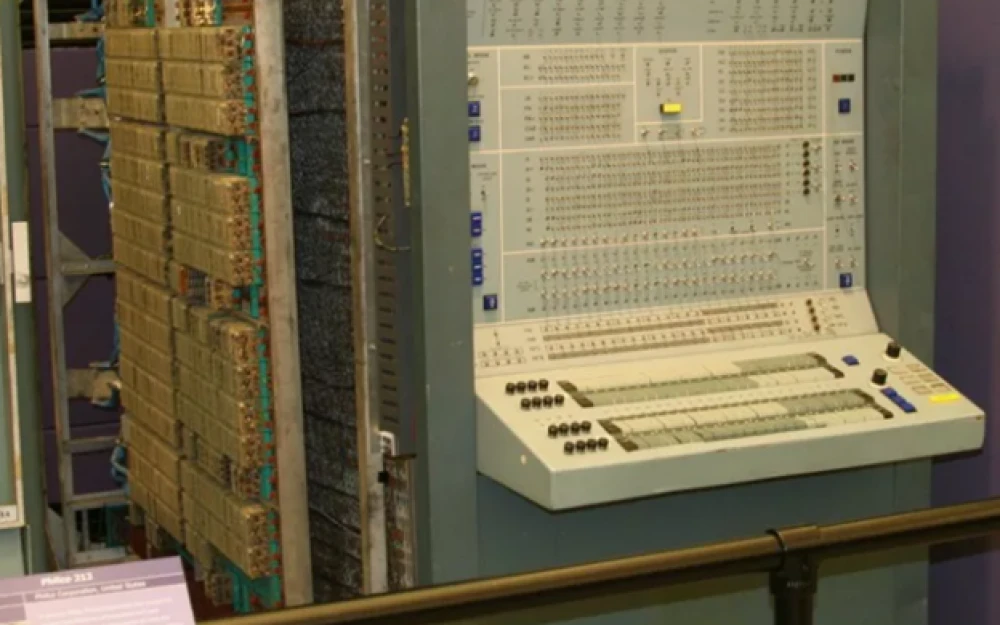
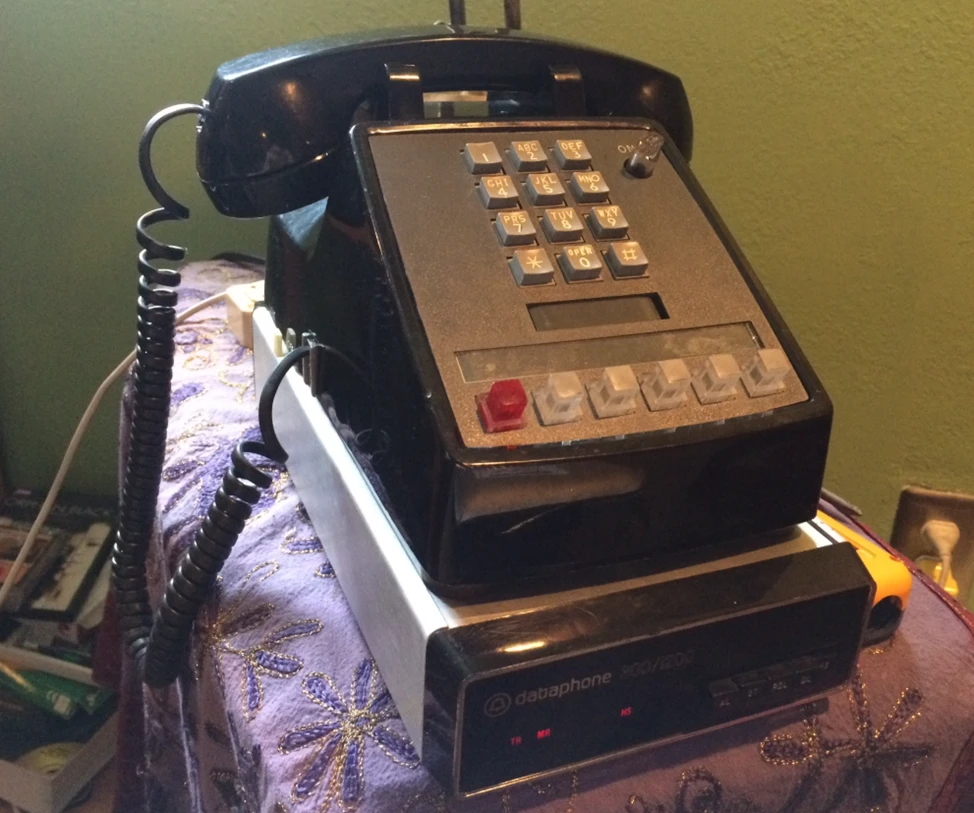
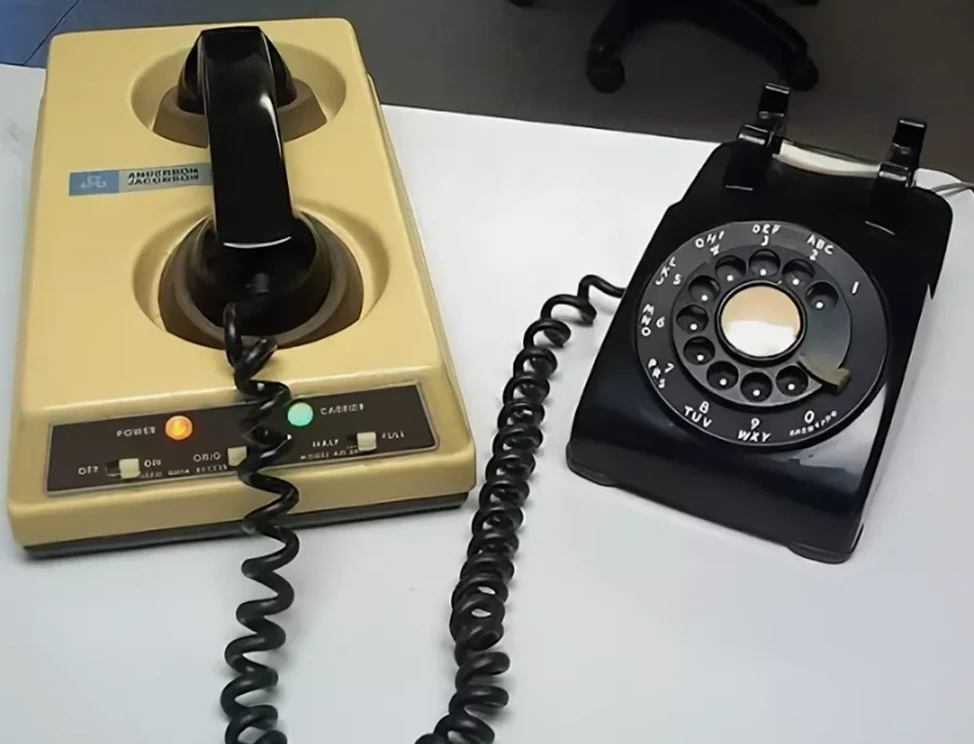
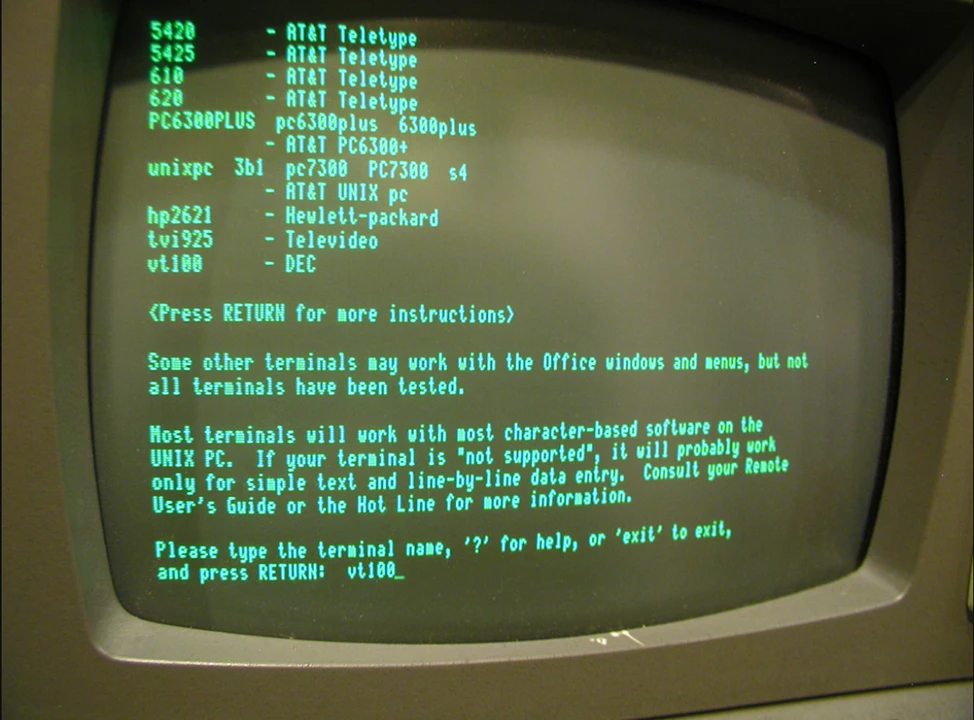
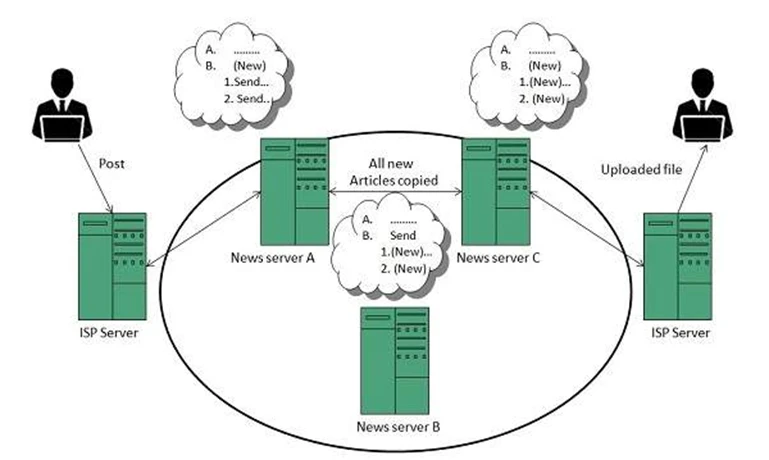


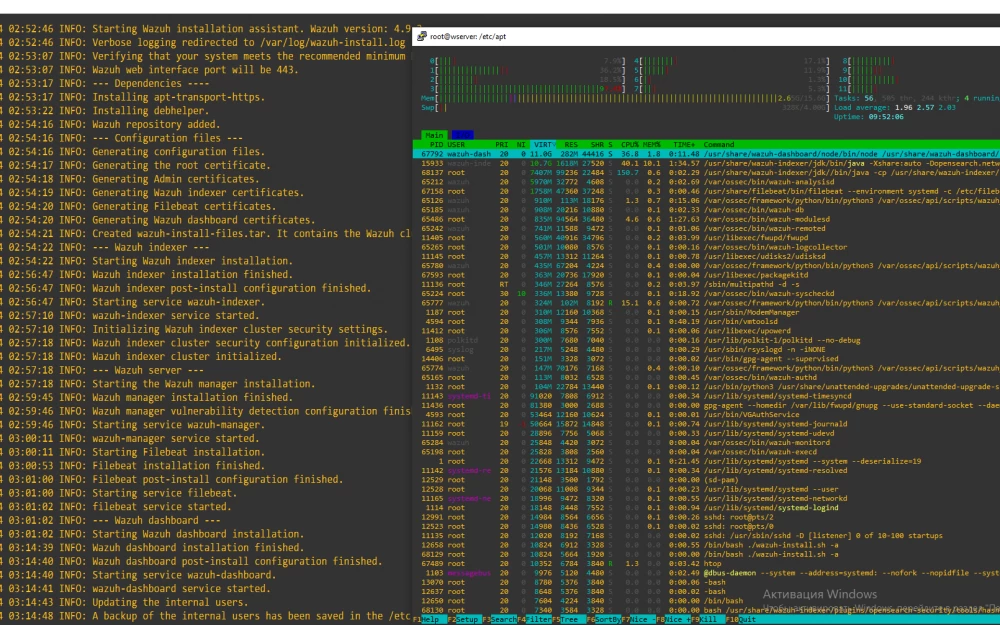
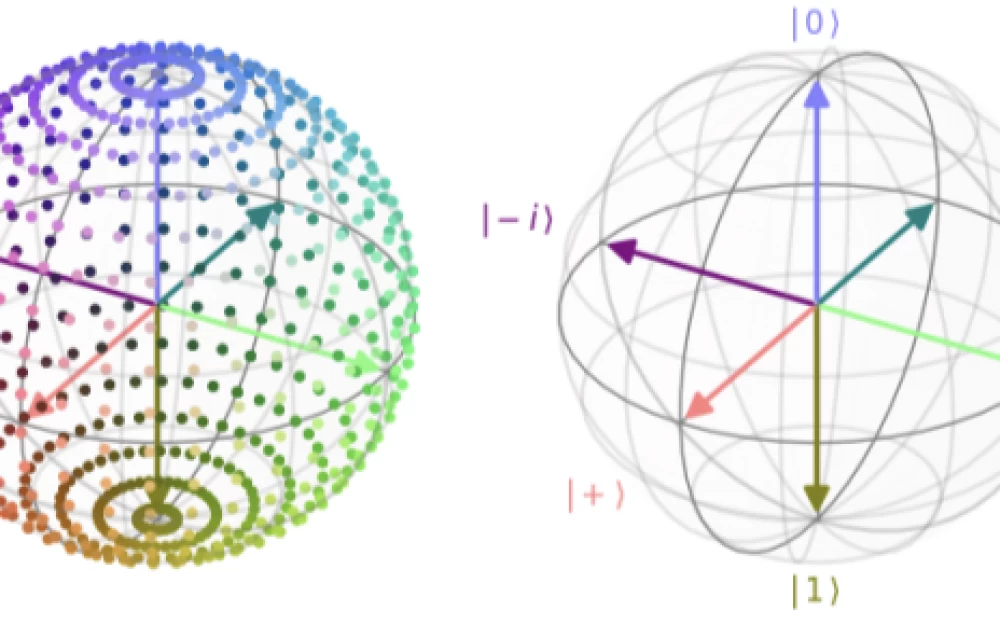





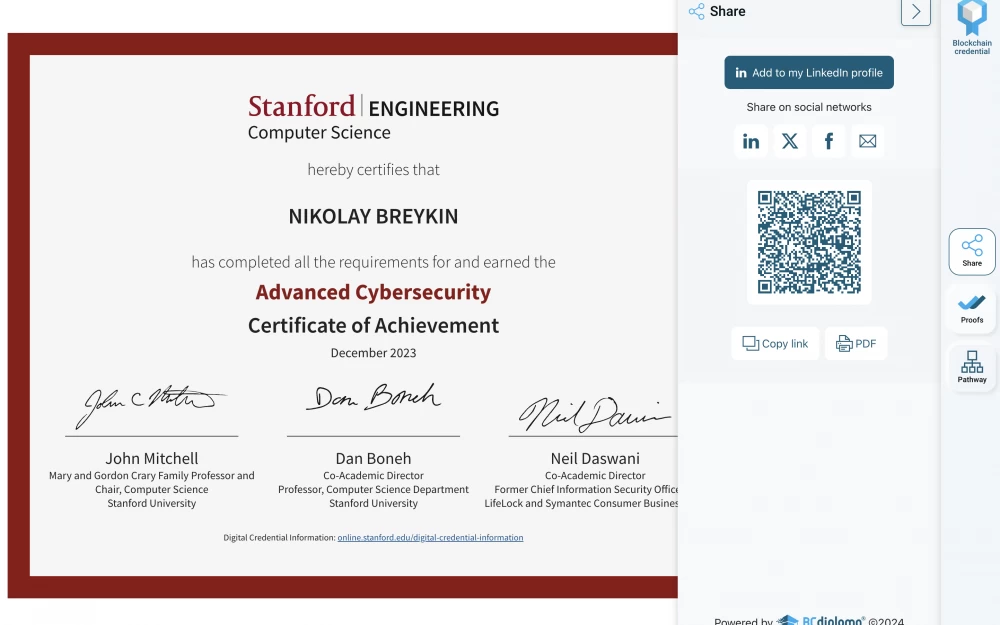
Write comment